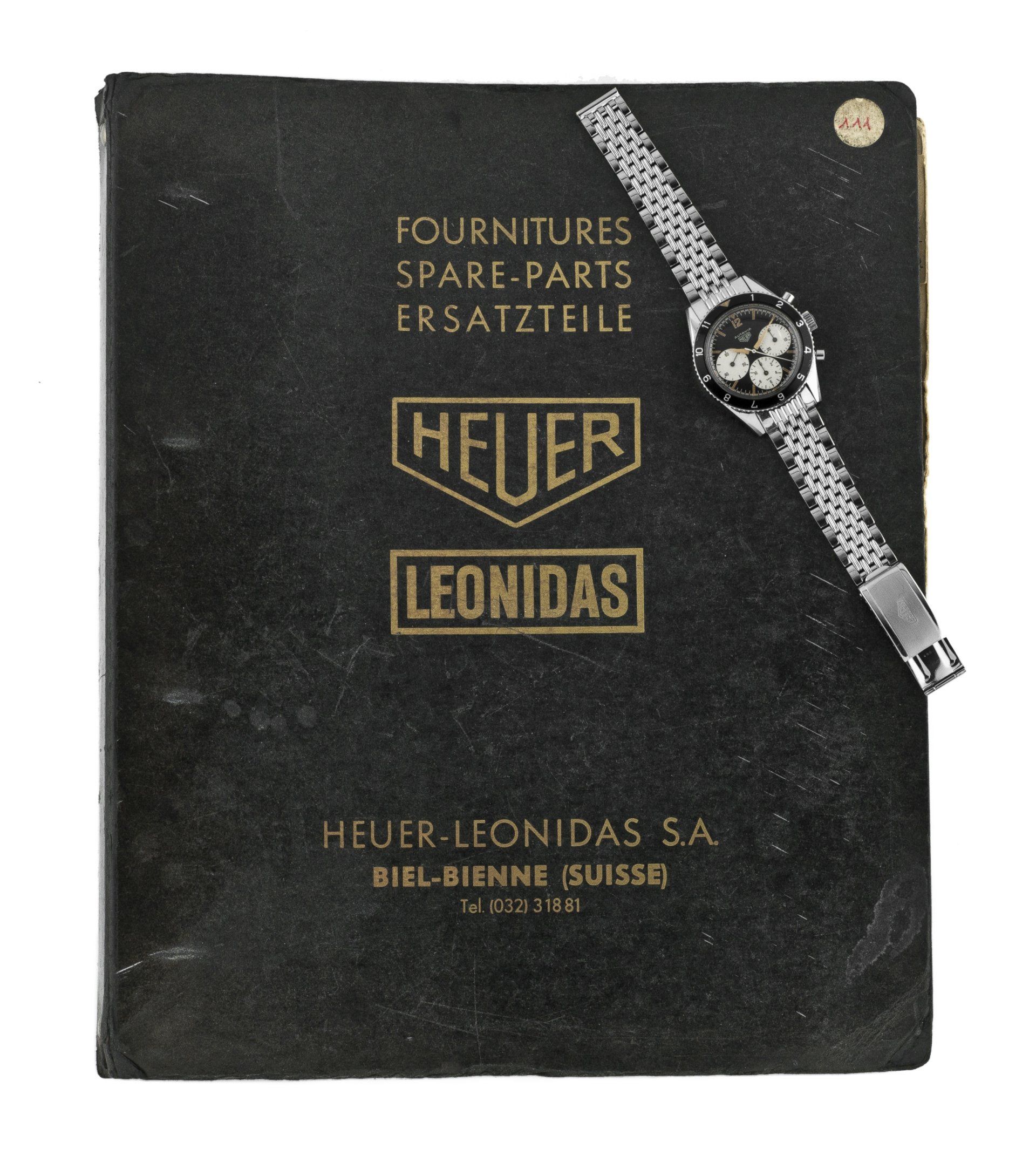The Mysterious case of the early T dials
What are these early Autavia dials in later cases?
For many years collectors who spotted early 1st and 2nd execution Autavia dials appearing in the later thin bezel 3rd execution 2446 Rindt and 3646 Andretti series believed that they were wrong, and were "put together" models. However the more data I have gathered, the more I now realise that there was a pattern which can be seen in the serial numbers below.
Autavia 3646 from 842xx - 845xx
Autavia 2446 from 851xx - 854xx
These serial ranges are the beginning of the standard Rindt and Andretti models housed in the thin bezel case, and we mostly observe "standard" models in this range. However we also occasionally find some 1st and 2nd execution dials with various hand configurations, which I believe represent authentic original Heuer constructions. Many of these examples used thin later 3rd execution hands, (see pictures) but we also see some with earlier original dauphine hands (especially with the 3646 2nd execution dials). Sometimes wide new "service" dauphine hands were re-introduced to these watches recently by collectors who thought the ‘strange’ configuration was wrong and needed "correcting". These "service" hands are often noted by the tip of the hour hand being different to the original and of course because they look brand new.
Heuer, as did many watch manufacturers, occasionally used up earlier parts if they had something leftover which could be put to use whilst not sacrificing imminent service stock. The original purchasers back in the 1960/70s wouldn't have thought anything of this, after all they were not really collectors or looking at such things back then, a watch was predominantly a "tool". However this has ultimately led to collectors in today's market viewing such watches as unusual. For instance the 1960s Carrera, which started out with what we now think of as the standard case back, had a brief period using earlier poly case backs, using up left over earlier pre Carrera parts. The Carrera serials started at 537xx but from 56xxx - 58xxx we see 3647 and 2447 poly backs before reverting again to the standard case back for the rest of the run.
So why do these early Autavia dials have "T" on them? The T stands for Tritium and due to the change in safety regulations surrounding the much more dangerously radioactive Radium in some locations in 1964, there was a change in manufacturing to keep within these safety laws, so the Radium was removed from these early dials and the safer Tritium was re-applied, and a ‘T’ was added to the dials to show this change. Therefore it makes sense that all Heuer 8xxxx serial watches have Tritium dials. Of course some collectors have since removed this Tritium from early dials (which was almost always much paler than the Radium and usually aged lighter too) and reapplied faux lume to look like the earlier Radium dials, as they were trying to put the watch back into a more usual 1st/2nd execution "look", sometimes they were placed back into earlier cases with the same aim.
I noted that on a recent TAG Heuer collector summit, a guest saw a 2446 1st execution dial in the later thin bezel case in their museum drawers and posted a picture on Instagram (see below). It is close to new old stock condition, and I believe this is how the watch looked when it was constructed by their watchmakers in 1966.
Whilst these watches are interesting to me I don't believe they are as collectible (rarity does not trump aesthetics in this instance) as the more beautiful earlier Radium wide lume bezel examples. However I do find them very interesting as they show the Heuer process. I would value them as a premium over the standard 3646 and 2446 3rd executions.
I already have several handfuls of serials for such watches in my extensive Autavia database, but if you have one of these watches I would love to add it, as ultimately every one helps the research and the vintage Heuer knowledge. Please get in touch...
These details and many more can be found in detail within the First Series Autavia Book (1962-68).
Buy the Autavia, Carrera and Monaco books here…
https://www.heuerpriceguide.com/heuer-collector-books
Please do not reproduce the text or pictures in this article without permission








